Introduction:
A dazzling white smile is often seen as a sign of good oral health and confidence. Teeth whitening has become very popular as more people aim to brighten their smiles. This guide will explore everything you need to know about teeth whitening, including the different methods, benefits, possible risks, and essential aftercare tips.
Understanding Teeth Discoloration:
Before starting a teeth whitening journey, it’s helpful to understand what causes teeth to lose their brightness. Aging, genetics, diet, smoking, and certain medications all contribute to tooth discoloration. Recognizing these factors can help you choose the best whitening method for your needs.
Teeth Whitening Methods:
1. Professional In-Office Whitening:
In-office teeth whitening, performed by dentists, typically involves applying a high-concentration hydrogen peroxide gel directly on the teeth. A special light or laser then speeds up the whitening process. This option provides quick, noticeable results, although it may be more costly than other methods.
2. At-Home Whitening Kits:
For those who prefer convenience, at-home whitening kits offer an accessible option. These kits usually include custom-fitted trays and a whitening gel with a lower peroxide concentration. Although it may take longer to see results compared to professional treatments, this method can still be effective.
3. Whitening Toothpaste and Mouthwash:
Whitening toothpaste and mouthwash contain mild abrasives or chemical agents that help lift surface stains. Incorporating these products into your daily oral care routine is easy, though the results may be subtle.
4. Natural Remedies:
Some people try natural options like activated charcoal, baking soda, or diluted hydrogen peroxide. While these remedies can show some results, they should be used carefully to avoid damaging enamel.
Choosing the Right Method:
Deciding between professional or at-home whitening often depends on your budget, schedule, and the degree of discoloration. Consulting with a dentist can help ensure you choose a method that meets your specific needs safely and effectively.
Potential Risks and Precautions:
When done correctly, teeth whitening is generally safe. However, some people may experience tooth sensitivity or gum irritation. To reduce these risks, always follow product instructions carefully and consider professional advice when trying new methods.
Aftercare Tips:
To keep your smile bright, follow a few aftercare steps. Maintain a good oral hygiene routine, be mindful of stain-causing foods and drinks, and schedule periodic touch-ups if needed. These habits can help you enjoy a lasting, radiant smile.
Conclusion:
Achieving a bright smile is possible with the wide range of teeth whitening options available today. By understanding each method, recognizing the risks, and following aftercare recommendations, you can confidently start your journey to a whiter smile. Remember, consulting a dentist is always a smart step for safe and lasting result.
FAQs:
1. How long does teeth whitening last?
Teeth whitening results can last from a few months to several years. This depends on your oral care routine, diet, and lifestyle habits. Regular touch-ups can also help maintain brightness.
2. Is teeth whitening safe for everyone?
Most people can safely whiten their teeth, but it’s always best to consult a dentist, especially if you have sensitive teeth, gum disease, or dental work like crowns or fillings.
3. Do at-home whitening kits work as well as professional treatments?
At-home kits can provide good results over time, though they may be less immediate than professional treatments. For quicker results, professional whitening may be the better option.
4. Can teeth whitening cause sensitivity?
Yes, some people may experience tooth sensitivity or gum irritation. Using products as directed and choosing a lower concentration of whitening agent can help reduce sensitivity.
5. Are natural whitening remedies safe?
Natural remedies like baking soda or activated charcoal can be abrasive and may wear down enamel if overused. It’s best to use these methods occasionally and with caution.
6. How can I keep my teeth white after treatment?
To maintain whiteness, brush and floss daily, avoid stain-causing foods and drinks (like coffee and red wine), and consider using whitening toothpaste.

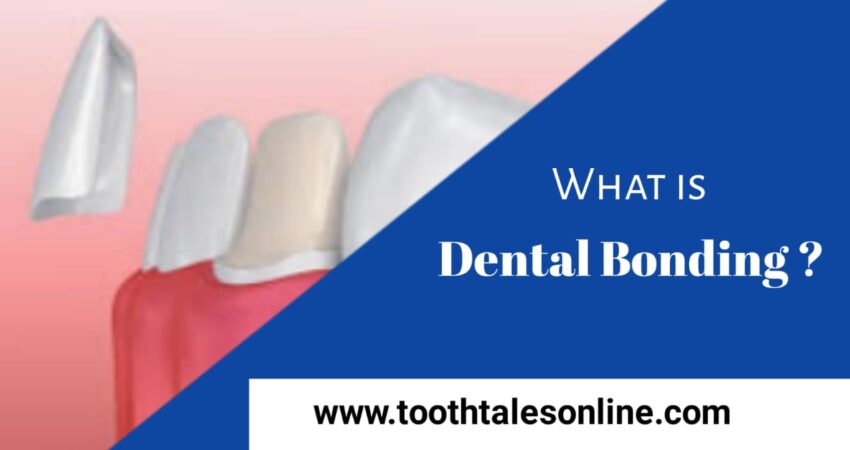

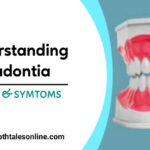
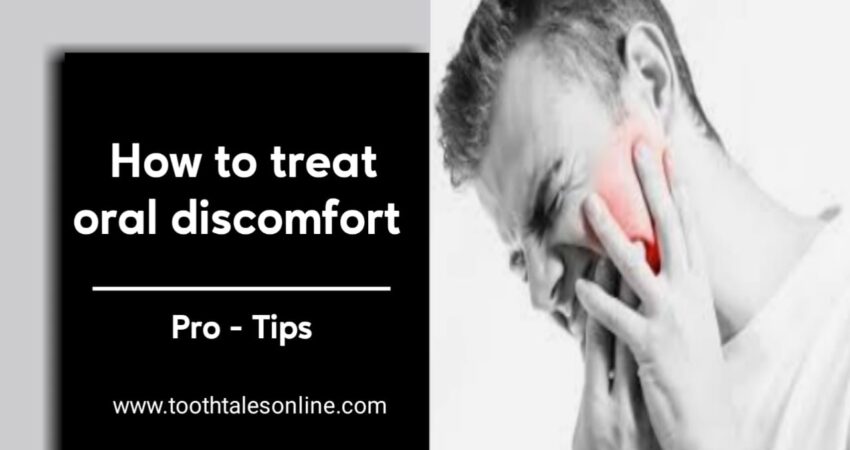



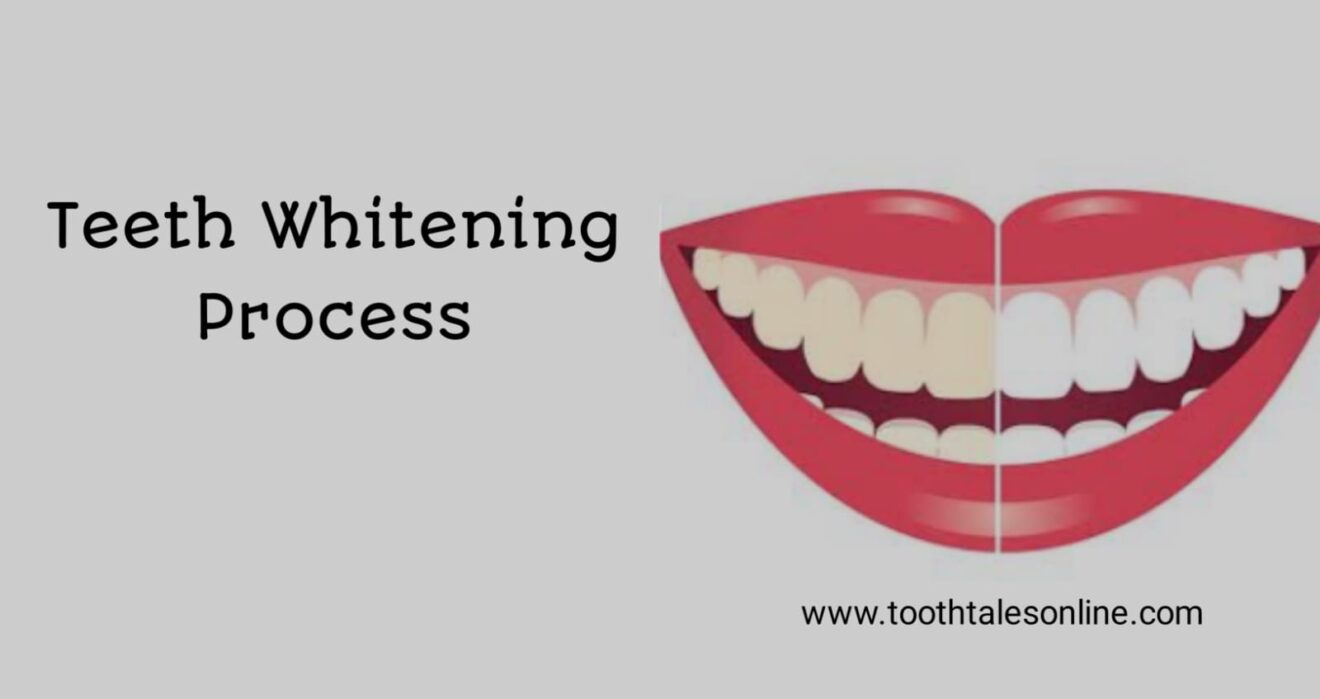
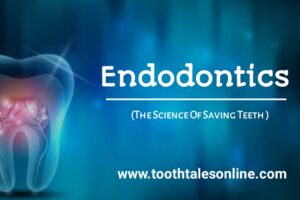

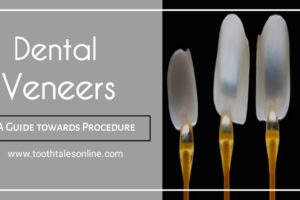










Add Comment